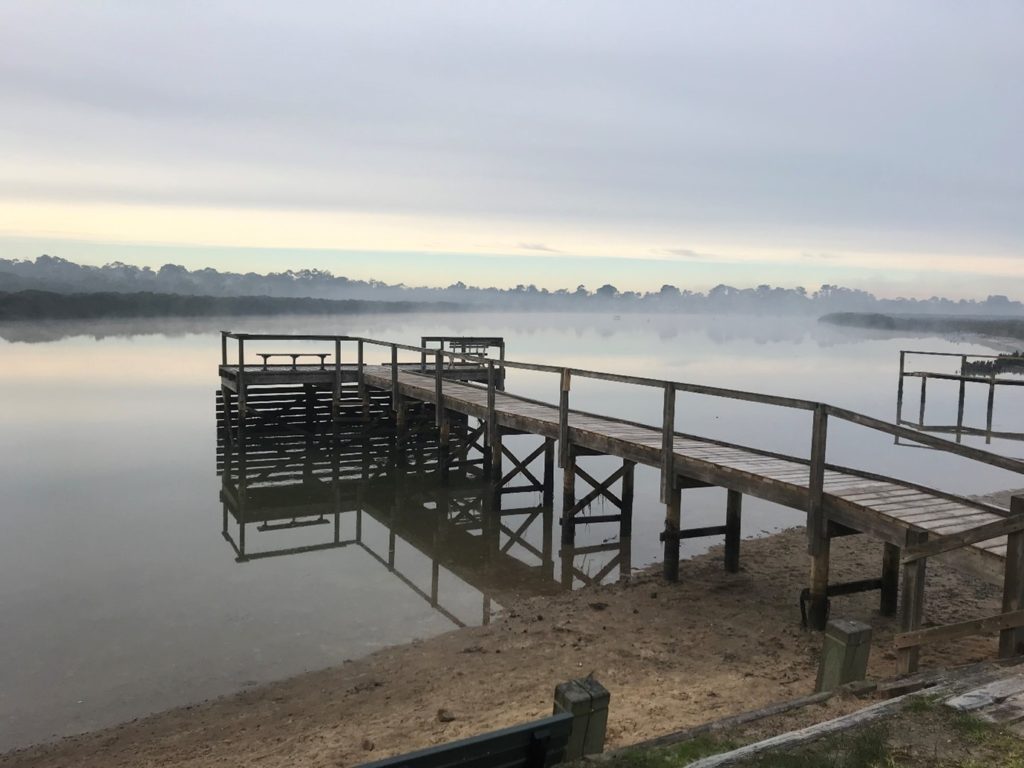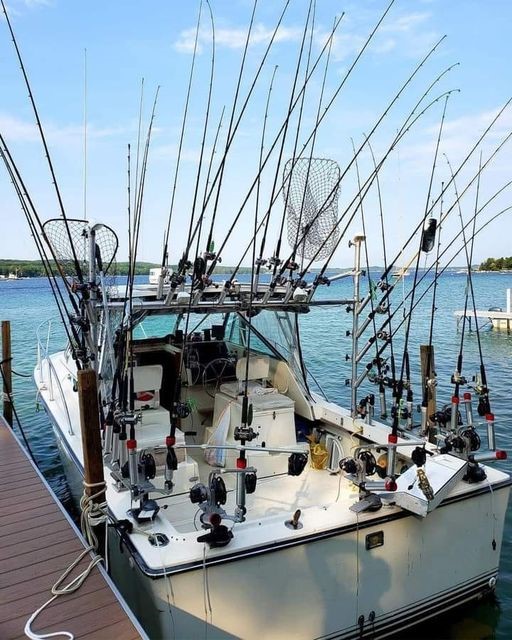A portfolio of local projects to protect and enhance local values
This project builds on previous work funded by the National Landcare Program through the PPWCMA. Primarily it aims to minimise the environmental impact of recreational activities while contributing to the protection of migratory shorebirds. However, reflecting the criteria against which Western Port is considered a wetland of international importance and the diverse range of threats the bay and its coastal habitats face, this project is essentially a suite of projects, each with their own focus which, when combined, will contribute to achieving the higher objective.
Project portfolio:
- Bait pumping: its impact and necessity. Two-pronged research project. One element, which would be undertaken by post-graduate researchers, is an investigation into the impact of bait pumping on invertebrate populations and sediment disturbance. The second strand would study alternatives to pumped bait. This would involve surveys of recreational fishers as well as consideration of current regulations concerning bait pumping. The results would be used to inform changes as foreshore management evolves.
- Implementation of the Migratory Shorebirds Site Action Plan for Western Port. Birdlife Australia began work on Western Port’s Shorebird Action Plan in 2021. Given the importance of migratory shorebirds to Western Port’s Ramsar listing, the ability to implement the recommendations is vital.
- Keeping Spartina eradicated. Ensuring this noxious weed does not re-establish after Melbourne Water’s eradication program. 2025 is the projected end of Melbourne Water’s program to eradicate cordgrass from Western Port. We want to ensure this noxious weed does not re-establish itself. We would work with Landcare and other community groups on the identification and destruction of Spartina.
- Sea grass restoration. A blade for a spade: A collaborative project to encourage recreational fishers to plant sea grasses (a blade of grass) to mitigate the damage their (spade) anchors do to Western Port’s sea grass meadows. Why not drop a “seed bomb” every time you anchor?
- Carbon Neutral Fishing: People drive to boat ramps and their boats use fuel. We would work with Fishing Clubs to offset their emissions. This may be through a garden bed outside the club house, supporting a mangrove replanting day or encouraging participation in sea grass meadow restoration.
- Biodiversity Action Plan: Updating the Western Port Biosphere Reserve Biodiversity Plan. What happens on the land affects what happens at sea. The Western Port Biosphere Reserve Biodiversity Plan was published in 2015. It is time it is reviewed and updated.
- Blue Carbon Citizen Science: Initiate existing Blue Carbon Lab citizen science program for Western Port. This citizen science program aims to educate and empower community members into the value of coastal wetlands, while contributing to coastal blue carbon research by increasing data available to advance blue carbon research. The Citizen Science Day starts with educational talks where participants are introduced to topics of coastal wetlands, ecosystem services and climate change. Then, citizen scientists travel to local wetlands and support scientists with data collections activities in the field (e.g. collection of soil cores, survey of coastal vegetation, etc..). Data is used by national and international researchers to better understand Blue Carbon dynamics and coastal systems.
- Of International Importance: Awareness raising with the recreational fishing community. Because it is a Ramsar site and in a UNESCO Biosphere Reserve, what happens to Western Port has international implications. This project would continue engagement with the fishing community, the largest recreational users of Western Port, through boat ramp surveys, open days, and fishing competitions and other angling club events with the aim of ensuring sustained international accreditation.


Themes and Local Areas
| Primary Theme: | Wetlands |
| Other Themes: | Native vegetation, Native animals, Coasts, Estuaries, Marine environments, Communities, Climate change |
| Primary Local Area: | Western Port |
| Other Local Areas: | |
| Project location: | The Western Port shoreline from Rhyll in the East to Flinders in the West, covering all boat ramps, jetties and angling clubs |
| Scale of the project: | Landscape – multiple sites across Western Port |
| New or continuing work: | Continuing/building on previous work |
Project partners
| Lead organisation: | Mornington Peninsula and Western Port Biosphere Foundation |
| Key partners: | Melbourne Water, Victorian Fisheries Authority, Bass Coast Landcare Network, Western Port Landcare Network, Victorian Wader Study Group, Birdlife Australia, OzFish, Universities |
| Registered Aboriginal Party/s relevant to the project or its area: | Bunurong Land Council Aboriginal Corporation |
Investment opportunities
| Opportunities for investors within this project start from: | $$ (Tens of thousands of dollars) |
| Estimated scale of investment for full project implementation: | $$$ (Hundreds of thousands of dollars) |
| Estimated timeframe for full project implementation: | 1-2 years |
Contribution toward targets
| Primary Regional Catchment Strategy target: | Ramsar wetlands – The ecological condition of the Western Port Ramsar wetland is maintained or improved from 2021 to 2050 |
| Relevant Biodiversity 2037 goal: | Support people take action for nature through volunteering for nature or engaging in citizen science |
| Relevant National Landcare Program priority: | Ramsar wetlands – Western Port |
More information
Protecting the Ramsar Values of Western Port | Western Port Biosphere


